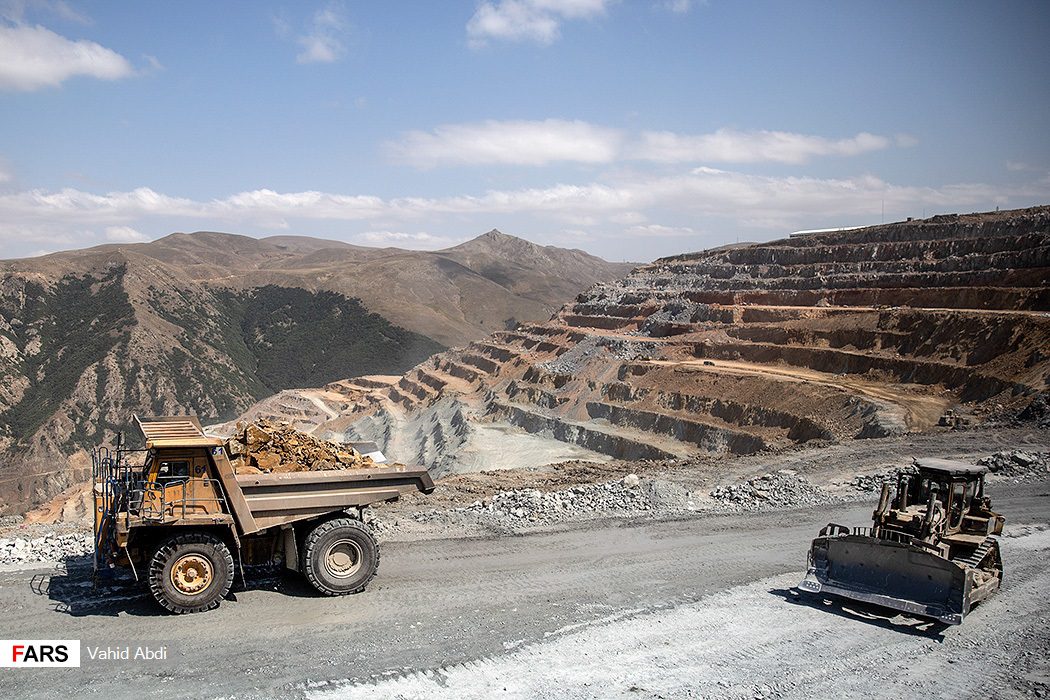
Reducing the health risks of the copper, rare earth and cobalt industries
Objectives of this report
The shift to a circular low-carbon economy is likely to lead to numerous important changes in the supply and demand of materials. On the one hand, the transition is likely to increase the demand of specific metals. Examples include rare earth elements (REEs), which are used in a wide variety of low-carbon and energy efficiency technologies (e.g. wind turbines, high strength magnets, lighting and hydrogen fuel cell), or cobalt, for which demand is growing rapidly, especially for manufacture of electric vehicle (EV) batteries. A shift to a Circular Economy will also lead to more efficient usage of resources, leading to much larger recycling rates than those currently observed in both OECD and non-OECD countries. These structural changes will drive employment reallocation across a number of industries with implications for the types (and levels) of occupational and environmental risks faced by workers and by society more generally. The extraction, separation and refining of the materials that underpin several low-carbon technologies may expose workers and the environment to significant risks. Furthermore, increased reutilisation of metals has both positive and negative implications for the environment and human health. For example, many authors report a substantial reduction in environmental impacts for a number of metals when using secondary rather than primary production processes. However, there is still potential for formal and informal recycling workers to experience unhealthy exposures to various substances and other risks. This paper reviews the literature on environmental risks to human health associated with the primary and secondary production of copper, rare earth elements (REEs), and cobalt. These metals have been selected based on their growing importance for the global economy, including for emerging technologies, such as electric vehicles and wind power, and recognition of the burdens that they may impose on society through the extraction and production process.
Read the full report here.
